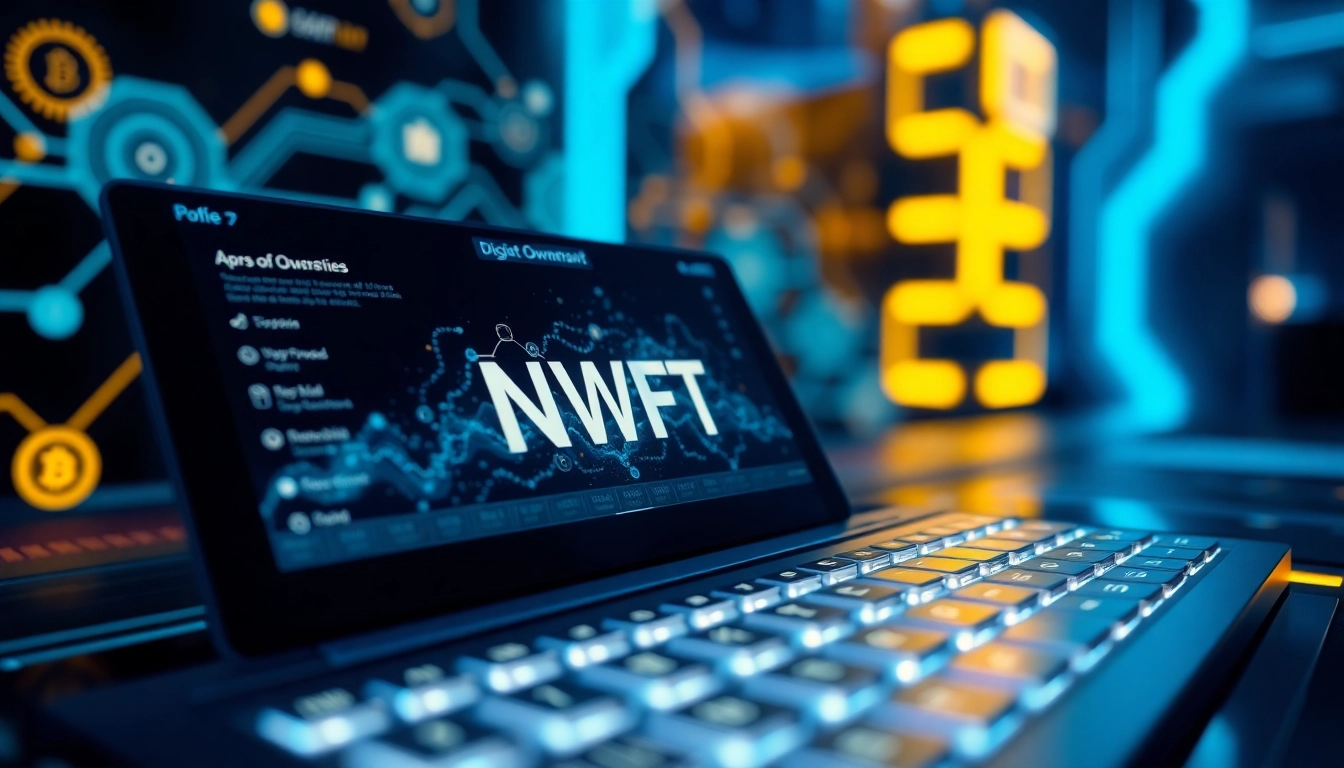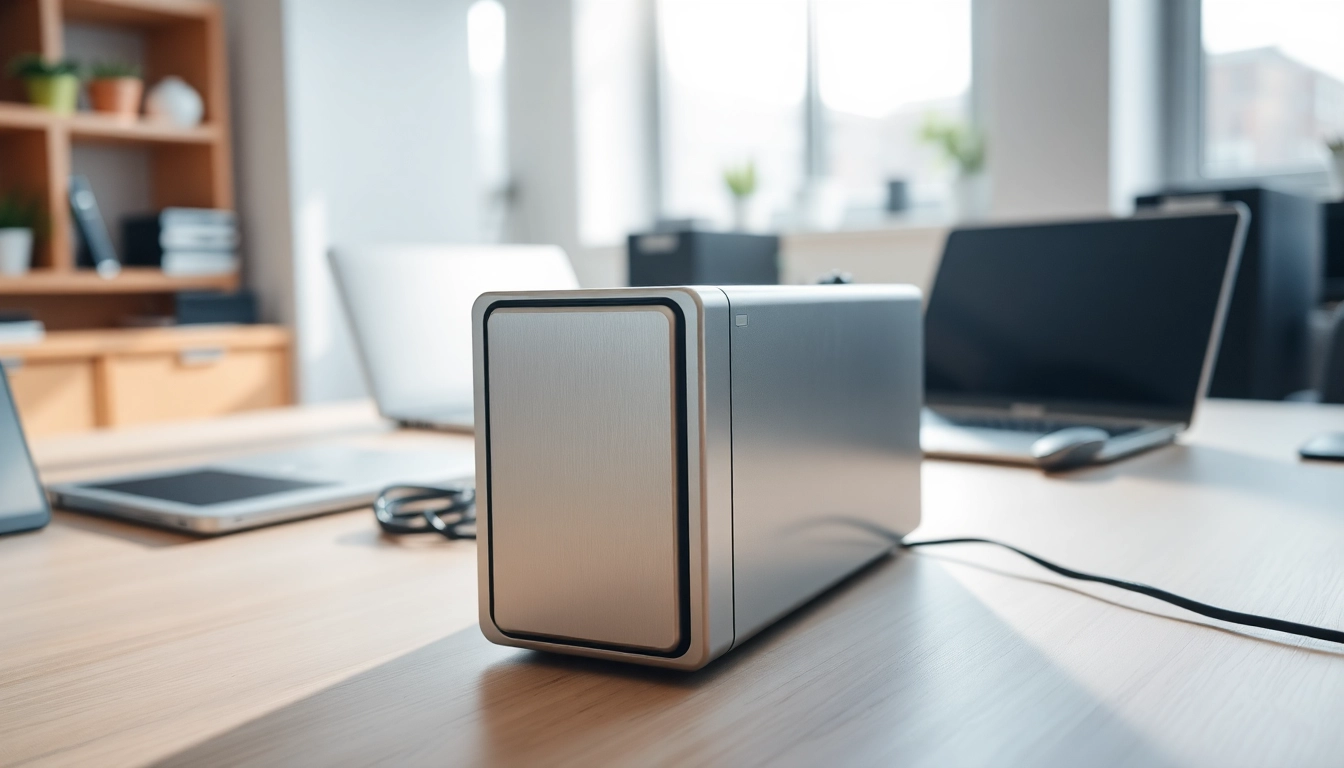What is Digital Proof of Ownership?
Defining Digital Proof of Ownership
Digital proof of ownership represents a modern method of establishing ownership over digital assets, such as cryptocurrencies, non-fungible tokens (NFTs), digital documents, and more. At its core, it is a verification mechanism rooted in cryptography and blockchain technology. Each asset is assigned a unique identifier, most commonly a cryptographic key, that confirms the asset’s ownership. This key is securely stored in digital wallets and works in conjunction with decentralized ledgers, where every transaction involving the asset is recorded transparently.
In essence, digital proof of ownership not only confirms who owns an asset but also provides a historical record of its ownership that is immutable and verifiable. The rise of digital proof of ownership is particularly significant in industries such as art, music, and real estate, where it helps to enforce intellectual property rights and combat fraud. Moreover, companies are increasingly recognizing the importance of digital proof of ownership in their operations to enhance trust with consumers.
Importance for Digital Assets
The importance of digital proof of ownership cannot be overstated, especially in today’s increasingly digital world where assets are often created and stored entirely online. For creators and businesses, proving ownership is crucial for establishing rights to their creations. In cases of digital art or music, it ensures that the creator receives due credit and financial reward for their work. In addition, for collectors and buyers, digital proof of ownership provides assurance that they possess legitimate assets without fear of counterfeits or theft.
When discussed in the context of cryptocurrencies, ownership is not merely philosophical but has financial implications. Cryptocurrency markets can experience volatility, and being able to prove ownership securely ensures that holders can access their assets quickly and sell them when the time is right. Digital proof of ownership thus acts as a basic yet vital component of the digital economy, shaping transactions and rights management in ways that will continue to evolve.
How it Works in Blockchain Technology
Blockchain technology underpins the concept of digital proof of ownership by using a distributed ledger system that records assets across a network of computers. Each entry on the blockchain is linked cryptographically to form a chain that is nearly impossible to alter. The ownership of an asset is represented through unique identifiers, or tokens, that signal who has possession of that asset.
For example, if a digital asset is sold or transferred from one person to another, the blockchain records this transaction. Once the transfer is verified, the buyer receives a new token that represents their ownership, and previous ownership details are retained chronologically within the blockchain. This transparent mechanism mitigates the risk of fraud while allowing for real-time verification. Furthermore, because blockchains are decentralized, there is no single point of failure or control, meaning ownership records are more secure than those maintained by traditional institutions.
Types of Digital Proof of Ownership
Exploring NFTs as Proof of Ownership
Non-fungible tokens (NFTs) have emerged as one of the most notable applications of digital proof of ownership. They serve as unique digital certificates linked to digital or physical assets, ensuring that collectors can own a specific piece of content, artwork, or even a tweet. Unlike cryptocurrencies such as Bitcoin, which are fungible and can be exchanged for one another, NFTs are distinct and often one-of-a-kind. This uniqueness lends additional value, especially in markets such as art, gaming, and sports memorabilia.
The underlying technology for NFTs relies heavily on blockchain networks like Ethereum, enabling creators to mint their assets with embedded proof of ownership. When someone purchases an NFT, they acquire the token that represents their ownership, which can be tracked on the blockchain. Moreover, NFTs can also include terms regarding resale or usage rights, deepening their functionality as tools for ownership verification.
Several platforms have capitalized on the NFT boom, facilitating marketplace environments where users can buy, sell, and trade their tokens backed by digital proof of ownership. As this market matures, we’re likely to see even more innovative uses for NFTs, including virtual real estate, advertising space, and other digital assets.
Blockchain Contracts and Their Uses
Blockchain contracts, commonly referred to as smart contracts, are self-executing contracts with the terms of the agreement directly written into lines of code. These contracts facilitate, verify, or enforce the negotiation or performance of a contract without the need for intermediaries. Smart contracts allow for automated transactions, automatically transferring ownership as soon as conditions are met.
In terms of digital proof of ownership, smart contracts can be utilized to accurately and securely transfer assets while ensuring compliance with predetermined rules. For example, a smart contract could be programmed to automatically transfer ownership of an NFT when payment is received. This eliminates human error, reduces the chances of fraud, and simplifies the process of ownership change, thereby enhancing both efficiency and trust.
The applications of smart contracts extend beyond NFTs. From supply chain management to insurance and real estate transactions, they represent a revolutionary step toward automating processes across various industries by incorporating digital proof of ownership into the contractual workflow.
Comparing Traditional vs. Digital Ownership Methods
When comparing traditional ownership methods with digital ownership methods, several key differences emerge. Traditionally, ownership is often evidenced through physical documents like titles, deeds, or certificates issued by various entities, which can be counterfeited or lost. There is also the potential for disputes regarding who possesses the rightful ownership, often accompanied by lengthy legal processes.
In contrast, digital proof of ownership offers a decentralized and tamper-proof approach. Ownership records are created on blockchain networks where they cannot be altered retrospectively. Furthermore, the transparency inherent in the blockchain allows all stakeholders to access ownership histories, thus raising accountability. This comparison underscores a fundamental shift toward greater security, efficiency, and flexibility in asset management.
Benefits of Using Digital Proof of Ownership
Enhancing Security and Trust
One of the most significant benefits of digital proof of ownership is enhanced security. With the traditional ownership models susceptible to fraud and forgery, digital assets secured by blockchain technology provide substantial protection. Cryptographic keys are required to access these assets, ensuring that only authorized users can manipulate them.
Moreover, because every transaction is recorded on a public ledger, it allows for an unprecedented level of transparency that fosters trust among participants. Individuals and businesses can confidently engage in transactions knowing that their ownership claims are verifiable and cannot easily be disputed. This trust is crucial, especially in sectors like art and finance, where the authenticity of assets can have enormous implications.
Streamlined Transactions and Ownership Transfers
Digital proof of ownership significantly streamlines the process of transferring ownership of assets. In traditional systems, various intermediaries, such as banks, lawyers, or notaries, often complicate transactions, introduce delays, and incur high costs. In contrast, digital ownership on blockchain enables peer-to-peer transactions without the need for intermediaries.
When a digital asset is sold, the transaction can occur instantaneously, with ownership being transferred immediately upon completion of payment. This efficiency not only improves the user experience but also reduces barriers to entry for individuals and businesses looking to engage in asset transactions.
Protecting Against Counterfeits
Counterfeiting remains one of the most significant challenges for asset ownership, particularly in industries like luxury goods and art. Digital proof of ownership, especially through methods like NFTs, empowers creators and businesses to combat counterfeiting effectively. Each digital asset minted as an NFT carries its own verification history, asserting its authenticity right from its creation.
Smart contracts can enforce rules regarding who can replicate or resell an asset, preventing unauthorized reproduction. This protection extends not only to digital assets but can also be applied to physical goods that incorporate smart labels or QR codes scanning back to their certified ownership records on the blockchain.
Common Challenges in Establishing Digital Proof of Ownership
Technical Barriers and Knowledge Gaps
Despite the advantages of digital proof of ownership, several challenges hinder its widespread adoption. First, technological barriers exist, particularly for individuals or organizations unfamiliar with blockchain and cryptographic systems. An understanding of wallets, tokens, and hash functions is essential, but this knowledge gap can pose a significant barrier.
To address these issues, educational initiatives aimed at increasing awareness of the benefits and workings of digital proof of ownership can help alleviate uncertainty. Workshops, online courses, and resource centers can make substantial differences in bridging this knowledge gap and encouraging broader adoption.
Legal Considerations in Digital Ownership
Legal frameworks surrounding digital ownership are still in development, leading to confusion and potential conflicts. Unlike traditional ownership, digital assets have no universally accepted legal status, and various jurisdictions may interpret ownership differently. This disparity complicates matters for individuals and businesses involved in cross-border transactions.
Establishing regulations that address digital property rights and ownership will be crucial to widespread adoption. Additionally, stakeholders can work towards creating industry standards that can offer clear guidelines on ownership and transactions.
Addressing Fraud Risks in Digital Assets
While blockchain drastically reduces the risk of fraud, it is not entirely immune to it. Various scams and fraudulent schemes target newcomers to the space, exploiting their lack of understanding regarding digital ownership. Phishing attacks, for example, have become common, where users are tricked into providing access to their wallets.
Educating users about the risks and safe practices, such as using hardware wallets, will be instrumental in mitigating these threats. Furthermore, enforcing best practices across platforms can foster a safer digital environment for asset ownership.
Best Practices for Ensuring Effective Digital Proof of Ownership
Choosing the Right Platforms and Tools
To effectively implement digital proof of ownership, it is crucial to select the right tools and platforms that offer robust security and user-friendly interfaces. Look for blockchain platforms that prioritize security, scalability, and reliability. Conducting due diligence on various technologies will help organizations identify suitable options for their asset management requirements.
Collaboration with experienced blockchain developers and firms specializing in digital asset management can also enhance the implementation process. By leveraging their expertise, companies can ensure their digital proof of ownership system is well-structured and secure.
Educating Stakeholders on Digital Ownership
Educating all stakeholders, including employees, customers, and partners, on the importance and workings of digital proof of ownership is paramount for successful implementation. Regular training sessions and educational materials that address the benefits, risks, and best practices of digital ownership can significantly boost confidence and understanding.
Creating a culture of awareness and accountability surrounding digital assets will ensure that everyone involved is committed to maintaining secure ownership practices, thus fostering an overall secure environment for conducting transactions.
Monitoring and Improving Digital Asset Management
Implementing digital proof of ownership is not a one-time effort but requires ongoing monitoring and optimization. Regular assessments of how digital assets are managed, tracked, and reported will lead to enhanced security and efficiency. Engaging in periodic audits and experimenting with technology updates can ensure that businesses remain at the forefront of innovation.
Measuring performance metrics such as transaction time, success rates in ownership transfers, and user feedback will help organizations continually refine their processes and offerings. By adopting a proactive approach to digital asset management, organizations can maximize their benefits and maintain their competitive edge.



